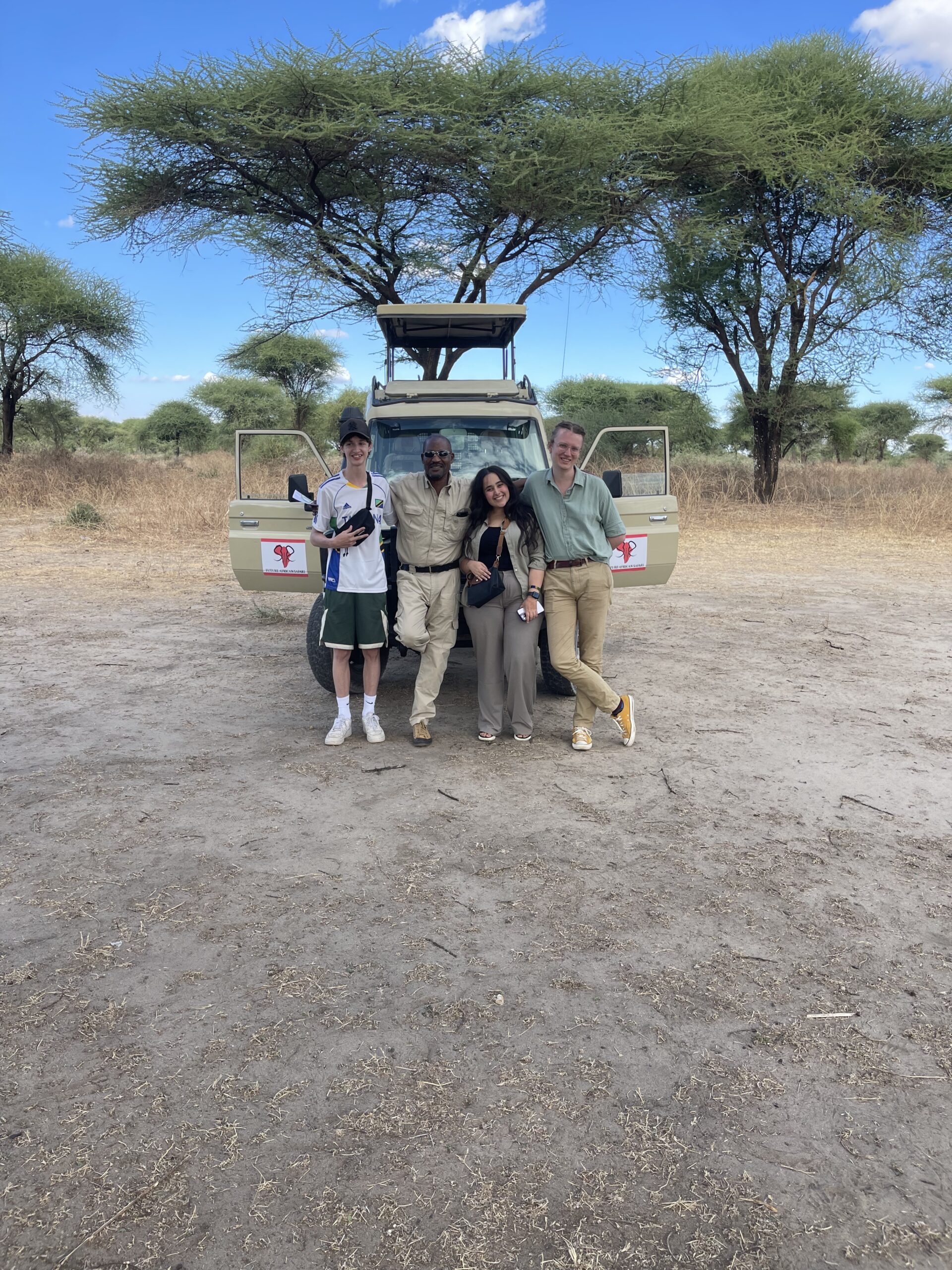When planning a safari in Tanzania, understanding the country’s visa requirements is crucial to ensure a smooth travel experience. Tanzania welcomes visitors from around the globe, and obtaining a visa is a straightforward process for most nationalities.
Why Choose a Self-Drive Safari?
- Independence: Set your own itinerary and linger at your favorite spots.
- Cost-Effective: Ideal for travelers seeking an affordable safari experience.
- Immersive Experience: Enjoy the thrill of navigating wild terrains on your own.
- Adventure-Filled: Feel like an explorer as you chart your path through Tanzania’s renowned parks.
Steps to Plan Your Self-Drive Safari
1. Choose Your Route and Destinations
Plan your itinerary around Tanzania’s top safari destinations:
- Northern Circuit: Serengeti, Ngorongoro Crater, Tarangire, and Lake Manyara.
- Southern Circuit: Selous Game Reserve and Ruaha National Park for a quieter experience.
- Western Tanzania: Gombe and Mahale Mountains for chimpanzee trekking.
Tip: Stick to well-known parks if you’re new to self-driving in Africa.
2. Rent the Right Vehicle
A reliable 4×4 vehicle is essential for navigating Tanzania’s rugged terrains. Consider the following:
- Toyota Land Cruiser or Hilux: Known for durability and off-road capabilities.
- Roof Tent Option: Ideal for camping safaris.
- Safari Modifications: Vehicles with pop-up roofs for better wildlife viewing.
Ensure:
- Comprehensive insurance.
- A toolkit and spare tires.
- Navigation tools like GPS or offline maps.
3. Understand the Park Regulations
- Entry Fees: Parks charge per person and per vehicle; fees vary by park.
- Driving Rules: Stick to designated tracks, avoid off-road driving, and adhere to speed limits (usually 50 km/h).
- Wildlife Safety: Never exit your vehicle unless in designated areas.
Pro Tip: Arrive at park gates early to maximize your wildlife viewing time.
4. Pack Smartly
Prepare for a self-sufficient adventure:
- Essentials:
- Food and water supplies.
- First aid kit and medical essentials.
- Binoculars and cameras.
- Navigation Tools: Maps, compass, and a reliable GPS device.
- Camping Gear (if camping): Tent, sleeping bags, cooking equipment, and portable chargers.
5. Plan for Communication and Safety
- Rent or purchase a local SIM card for mobile coverage where available.
- Carry a satellite phone for emergencies in remote areas.
- Familiarize yourself with common Swahili phrases to enhance your experience.
Tips for a Successful Self-Drive Safari
Time Your Visit:
- Dry season (June–October) offers better wildlife visibility.
- Wet season (November–May) brings lush landscapes and fewer crowds.
Stay Alert: Keep an eye out for unexpected wildlife crossings, especially early in the morning or at dusk.
Respect Wildlife: Maintain a safe distance from animals and avoid disturbing their natural behavior.
Fuel Up: Always refuel whenever possible. Remote areas may not have fuel stations.
When to Opt for a Guided Safari Instead
While self-drive safaris are adventurous, you might consider a guided tour if:
- It’s your first time on a safari.
- You prefer expert insights into wildlife and ecosystems.
- Navigating remote roads feels overwhelming.


Experience Tanzania with Confidence
Whether you choose a self-drive safari or opt for guided tours, Future African Safari is here to help. We can assist with itinerary planning, vehicle rentals, and insider tips to ensure a seamless adventure.
Start planning your self-drive safari today and experience Tanzania like never before!

